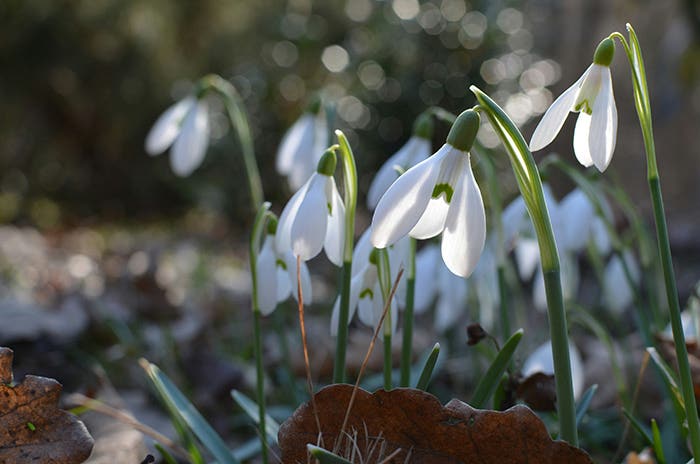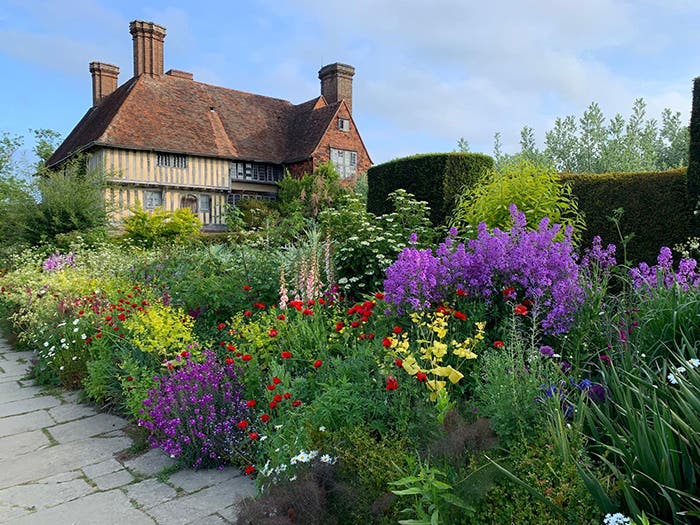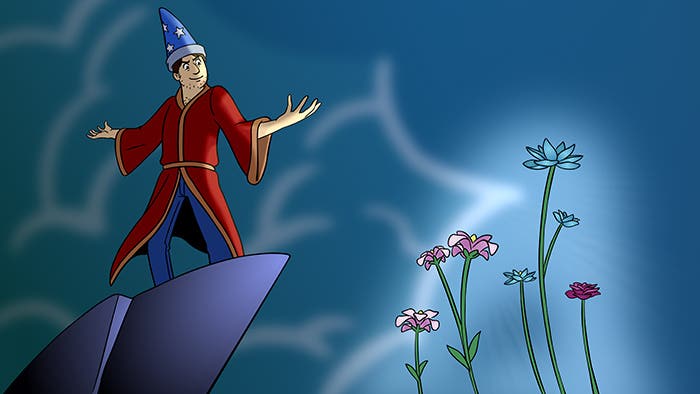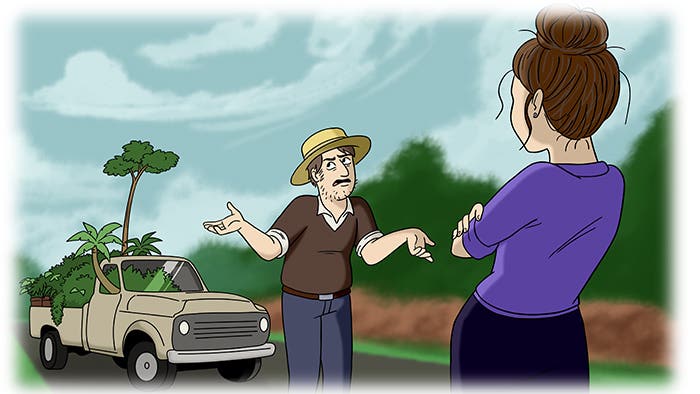Plant Names Explained, from Genus to Cultivar to Patent
“Hi. I’m Johnny Cash.” An iconic salutation, and a perfect way to introduce yourself, especially if you are indeed Johnny Cash. But times have changed. Pop stars now call themselves…
“Hi. I’m Johnny Cash.” An iconic salutation, and a perfect way to introduce yourself, especially if you are indeed Johnny Cash. But times have changed. Pop stars now call themselves things like H.E.R., 6LACK, and Lil Nas X. How do they introduce themselves in a hurry? Dunno.
Likewise, in gardening, the days of ‘Raydon’s Favorite’ aster (Symphyotrichum oblongifolius ‘Raydon’s Favorite’) are gone. It's not a bad thing. Although ‘Raydon’s Favorite’ is a great plant, I’m willing to bet that old man Raydon didn’t have a marketing degree, and that the name never increased sales by even one. (And yes, it used to be called Aster oblongifolius 'Raydon's Favorite'. But that's a subject for another day.)
So how do you explain a modern handle like Spiraea japonica Double Play® Big Bang™ (‘Tracy’) USPP 21,588; CBR 4073? Let’s break it down.
First the binomial Latin, a plant’s “Cash, Johnny.” Spiraea is the genus; and japonica is the specific epithet. Put together, this is the species name.
Then we have a trademarked series name, DOUBLE PLAY (all caps are okay to use in lieu of symbols). The series name's role is to lump together similar selections into a line (in this case, a line of Proven Winners spiraea). If the series name should also entice buyers, so much the better.
Next is the trademarked plant name, BIG BANG. Its primary purpose is to be descriptive and fun and to compel consumers to rush to garden centers, helpless to stop themselves from maxing out their credit cards. Trademarks expire, but there is no limit on how many times a trademark owner can renew one.
‘Tracy’, a cultivar name, is included here for old time’s sake. The International Code of Nomenclature for Cultivated Plants provides rules for the creation of cultivar names. It also asserts that a cultivar name can't be trademarked. That means when a plant is offered for sale, any seller can use its cultivar name (as long as the plant itself is not patented). However the trademarked plant name can only be used by sellers who have an agreement in place with the trademark owner.
Finally, patent numbers. Growers can patent a plant through a process that shows how it's distinct from other comparable varieties. A patent lasts for 20 years and then expires. It can't be renewed, so at that point anyone can sell the plant using its cultivar name (but, again, not its trademarked name, if it has one).
Trademarks and patents are important because they ensure people get paid.
For a thousand years, anyone who introduced a plant, even one that took twenty years, a hermit’s existence and two divorces to develop, simply gave it a name and then watched while competitors propagated it, sold it by the gazillions and were never required to pay them a dime.
'Winter King' hawthorns (Crataegus viridis 'Winter King') populate America. Bob Simpson introduced it. He made money only on the handful he grew and sold himself—which, of course, stinks.
So plant introducers eventually learned to use trademarks and patents to sufficiently reward their hard work, brilliant ideas and occasional good luck such that they can continue to both pursue their passion and eat. And supply us with a steady stream of new and exciting plants! If one or two get rich, I say good for them.
My only complaint is about the names themselves. So many of them riff on our vices: candies, cakes and cocktails.
Any trip to the garden center exposes me to SUMMERIFIC series hardy hibiscus, including ‘Candy Crush’, ‘Berry Awesome’, ‘Berrylicious’ and ‘Cherry Choco Latte’.
Then I find the coleus called Premium Sun ‘Chocolate Covered Cherry’, Kniphofia ‘Banana Popsicle’, BARISTA ‘Spiced Plum’ crape myrtles and SUGAR BUZZ beebalms, which have names like ‘Pink Frosting’ and ‘Lilac Lollipop’.
At last I spot the COCKTAIL begonias: Whiskey, Rum and Vodka.
Little wonder any trip to the garden center is followed by a stop at the candy store. Or the bar. Or both. This is why I’m fat!
Hey, guys, how about calling the next great spiraea “Jumping Jacks® Chopped Salad™”?
Images courtesy of Proven Winners (spiraea) and Walters Gardens (hardy hibiscus).







